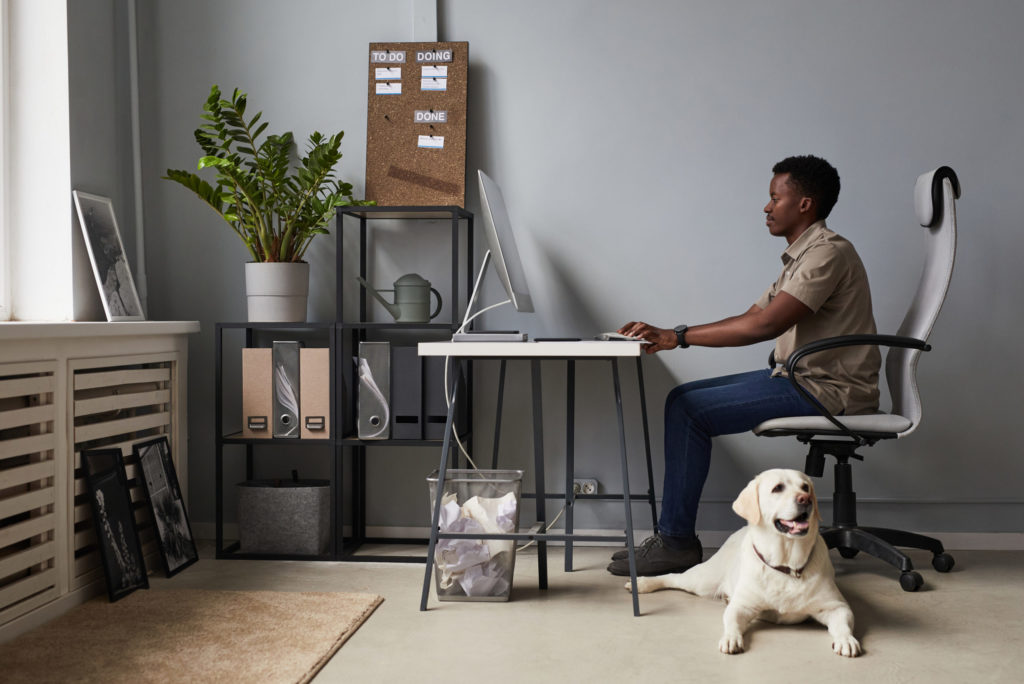As we’ve learned in recent years, some people perform better when working from home, while others find it more productive to be in a proper office environment. If you’re unsure which is right for you, there are some factors to consider which might make it easier to choose between working from home and a traditional office. In this article, we’ll explore the many pros and cons of each to help you determine which is better for your productivity.
What are the benefits of working from home?

There are several benefits to working from home. You have more control over your environment and—in some cases—can set your own schedule and hours, which can lead to increased productivity. Working from home can also give you more time with friends and family members, and a better work-life balance. You also don’t have to worry about commuting or dealing with office politics.
When choosing to work from home, you may need to relocate your furniture and equipment from the office. While hiring movers may seem excessive, there are companies with affordable home office moving rates, which is especially helpful for those with demanding schedules. You can easily find home office movers near you by going online. If you live in the Fort Lauderdale area, for instance, try searching for “Fort Lauderdale office moving companies.”
What are the benefits of working in a traditional office?
There are many benefits to working in a traditional office environment. One of the most obvious benefits is that you don’t need to worry about remodeling your home office. At the office, you have access to all of the resources that your company has to offer. This includes everything from copy machines and printers to meeting rooms and kitchenettes.
In addition, you can also typically count on having access to support staff, such as IT professionals, who can help you with any technology-related issues you may encounter.
Another major benefit of working in a traditional office space is that it often provides employees with a sense of community and camaraderie. By working together in close quarters, employees can develop strong relationships with one another, which can lead to increased productivity and creativity.
What are the drawbacks of working from home?
There are also some drawbacks to working from home. You may find it difficult to stay focused when there are so many distractions at home. It can also be hard to separate work and personal time when they are both happening in the same place. And if you’re not self-motivated, you may find that working from home leads to decreased productivity.
Working from home also typically requires attending meetings over Zoom or another video-calling service. These video meetings can be bothersome if you’re trying to multitask or if you have kids who are at home. Also, not everyone enjoys being on camera for extended periods—especially if you’re working in your pajamas.
What are the drawbacks of working in a traditional office?

Of course, there are several drawbacks to working in a traditional office as well. Below are some of the most common complaints:
- Limited Mobility: In a traditional office, employees are typically stuck in their cubicles or behind their desks. This can be very restrictive, especially for those who would rather be on the move.
- Limited Space: Traditional offices are often very cramped, which can lead to a lack of privacy and a cluttered work environment.
- Limited Resources: With limited space and resources, traditional offices can often be very restrictive when it comes to what employees can and cannot do.
Traditional offices can also be very boring, with little to no opportunity for socialization or fun. This can be a major turn-off for many employees.
When deciding to work from home or in a traditional office space, there are many pros and cons to consider. However, working from home is shown to have some distinct advantages over working in a traditional office space.





